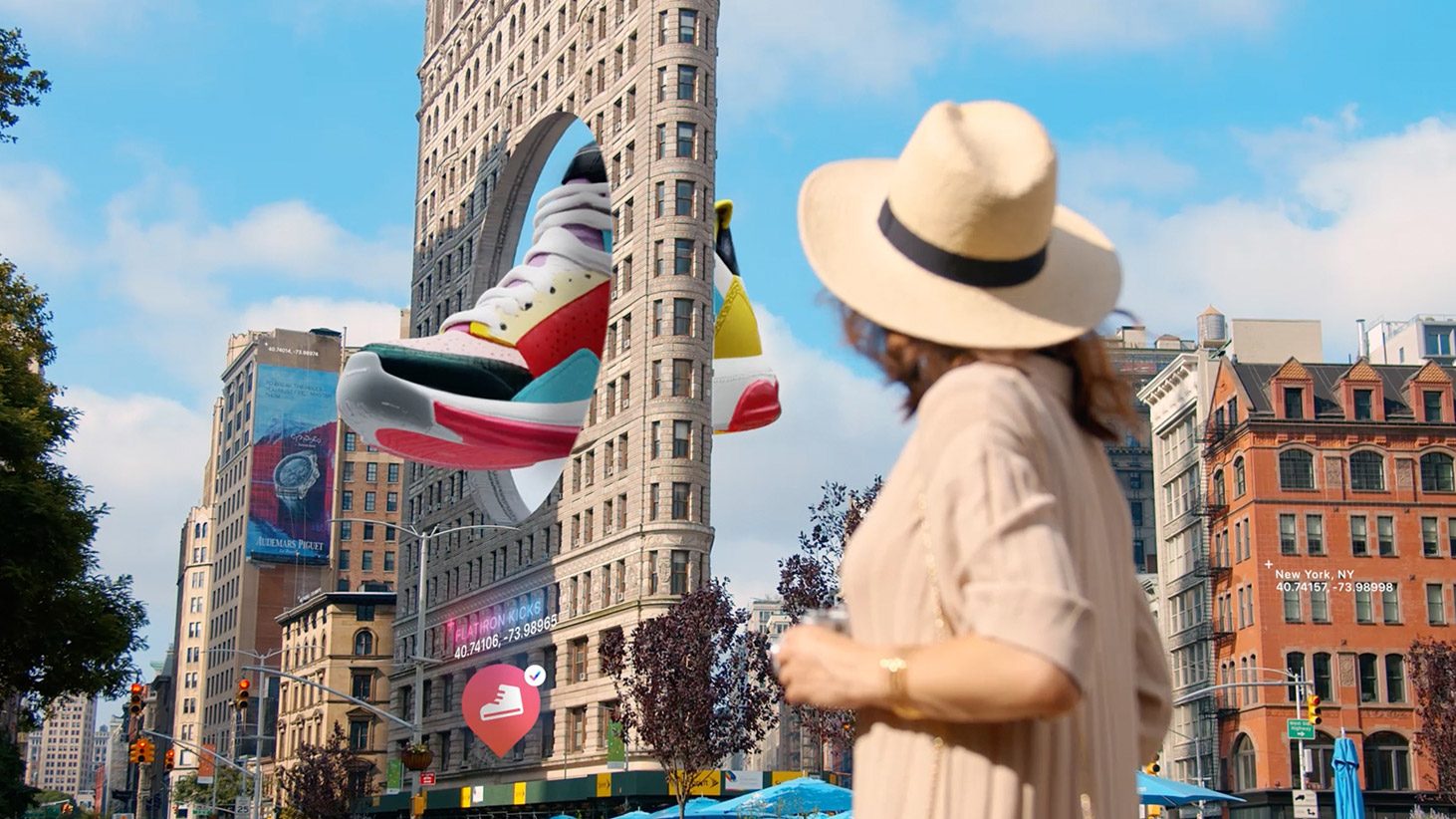Snap Inc., the company behind the Snapchat social app and Spectacles AR glasses, has teamed up with Niantic Spatial to bring accurate geospatial capabilities to the Snapchat and Spectacles platforms. The partnership could be mutually beneficial as Snap’s platforms will get city-scale positioning capabilities while Niantic could see a massive influx of user-generated data to enhance its ‘Visual Positioning System’.
Many AR devices today are capable of localizing themselves within an arbitrary environment. An AR headset, for instance, looks at the room around you and uses that information to understand how the headset itself is moving through the space.
But if you want to enable multiple devices to interact in a shared space, both need to be able to localize themselves not just to the environment, but with regards to one another. Essentially, you need both devices to share the same map so that both users see the same thing happening in the same place in the real world.
That’s the goal of Niantic’s Visual Positioning System. The company has spent years aiming to allow AR devices to tap into a shared spatial map to establish their real-world position. While GPS would be far too inaccurate for the job, such a system allows devices to understand if they’re in a shared space together, allowing for content to be synchronized between the two for multiplayer and persistent content.
Now Niantic is partnering with social media and AR company Snap Inc to bring its VPS tool to the company’s Snapchat and Spectacles platforms. The companies released a concept video showing the kind of city-scale spatial and social experiences that could be possible with the system:
“For AR Lenses, developers will be able to anchor their AR experiences to millions of real-world locations with centimeter-level precision. That means not just layering effects on top of the camera view — the experiences truly live in the world, making it possible, for example, to create a lens where a virtual concert springs to life in a city square or where a portal opens only when someone walks to a specific park bench. VPS makes that possible — and lets multiple people see the same AR moment, in the same place, at the same time. It’s a powerful new tool for turning public spaces into canvases for creativity,” the announcement reads.
The joint announcement describes the relationship as a “strategic multi-year partnership,” which includes an unspecified capital investment by Snap into Niantic.
Strategic indeed… not only will Snap’s platforms get access to perhaps the most comprehensive city-scale positioning system for AR, but Niantic stands to gain a massive quantity of new data to enhance its VPS system.
Niantic sees user-generated scans as the way to not only scale its VPS system to more places around the world, but also to keep its map consistently up to date.
With VPS integrated into certain AR apps on Snapchat or Spectacles, users could be asked to contribute scans in order to unlock usage of a given lens. That scan data can be incorporated into the VPS’s understanding of the world, and thus allowing future users to use any VPS-dependent apps in that location.
Niantic has long been a pioneer when it comes to leveraging user-generated scans and data for spatial understanding. The company cut its teeth on social geo-location games like Ingress (2013) and Pokemon Go (2016). After recently selling off its gaming division, Niantic is only getting more serious about its VPS system and the user-generated data that powers it—hence its new formal name: Niantic Spatial.
While Snap’s Spectacles AR glasses are still a nascent platform, the 900 million existing Snapchat users could give Niantic and Snap a massive jump start on building out the most extensive geospatial AR dataset in the industry.
,
